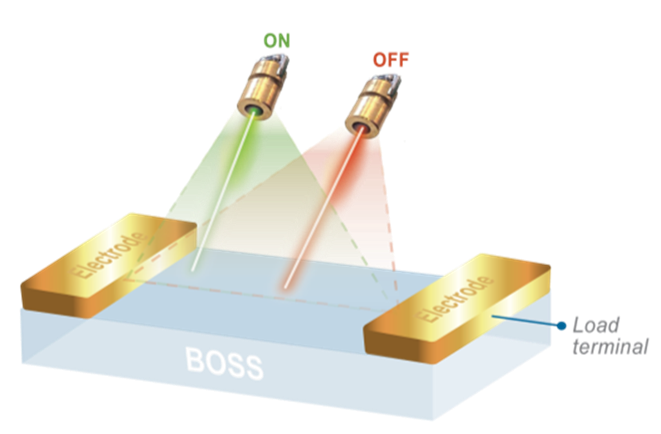Alternating current (AC) electric power has dominated the transmission and distribution system in the U.S for over a century. However, direct current (DC) electric power offers several benefits over AC, including improved electrical conductivity, which reduces system power losses and utilizing fewer power cables with higher power carrying capacity. In addition, wind and solar photovoltaic (PV) generators, energy storage, electric transportation, and consumer devices all utilize DC power. Because of this evolving power landscape, estimates show that DC loads currently make up more than half of the total electricity consumption in the US. Recent advances in semiconductor-based power electronics (e.g., Wide-bandgap (WBG) semiconductors, Voltage Source Converters (VSCs), and DC to DC Converters), have created an opportunity for greater utilization of DC in distribution and transmission. However, safety and protection mechanisms required to mitigate potentially damaging faults, especially at the medium voltage DC (MVDC) level, represent a significant technology gap.
LLNL’s novel approach to enable MVDC power systems to operate safely is to develop a wideband gap bulk optical semiconductor switch (WBG BOSS) circuit breaker. For higher power, efficiency and temperature operation, vanadium-doped silicon carbide (V-doped SiC) appears to be the most promising basis for WBG BOSS circuit breaker (other dopants like aluminum, boron and nitrogen may further improve its characteristics). Other potential candidates for WBG BOSS circuit breaker are copper-doped gallium arsenide or iron-doped gallium nitride. Development of these novel circuit breakers could be transformative for grid reliability and resilience with a broad range of applications across multiple system tiers. Combined with other fast-acting protective power control devices, faults can be isolated promptly such that damage is mitigated and safety hazards are reduced while service to customers would only be briefly impacted.
- Low-cost
- Small footprint
- Larger voltage ranges are possible
- Faster response times (nanoseconds) to protect infrastructure from damage
- Less complex
- Enable robust and resilient infrastructure that range from small-scale electric networks up to primary MVDC distribution
- Circuit breaker for a variety of applications (e.g., laser diodes, sensors, control circuitry)
- Photoconductive Semiconductor Switch
- High Power Microwaves
- Inverter
- Can be integrated into small scale DC microgrids (e.g., for energy storage, electric vehicle (EV) charging, electronics load integration, data centers, industrial facilities) up to higher-level MVDC distribution (e.g., primary distribution)
Current stage of technology development: TRL 2
LLNL has filed for patent protection on this invention.
U.S. Patent No. 11,522,542 Wide Bandgap Optical Switch Circuit Breaker, issued 12/06/22
U.S. Patent Application No. 2022/0352889 Wide Bandgap Optical Switch Circuit Breaker, filed 07/12/22


